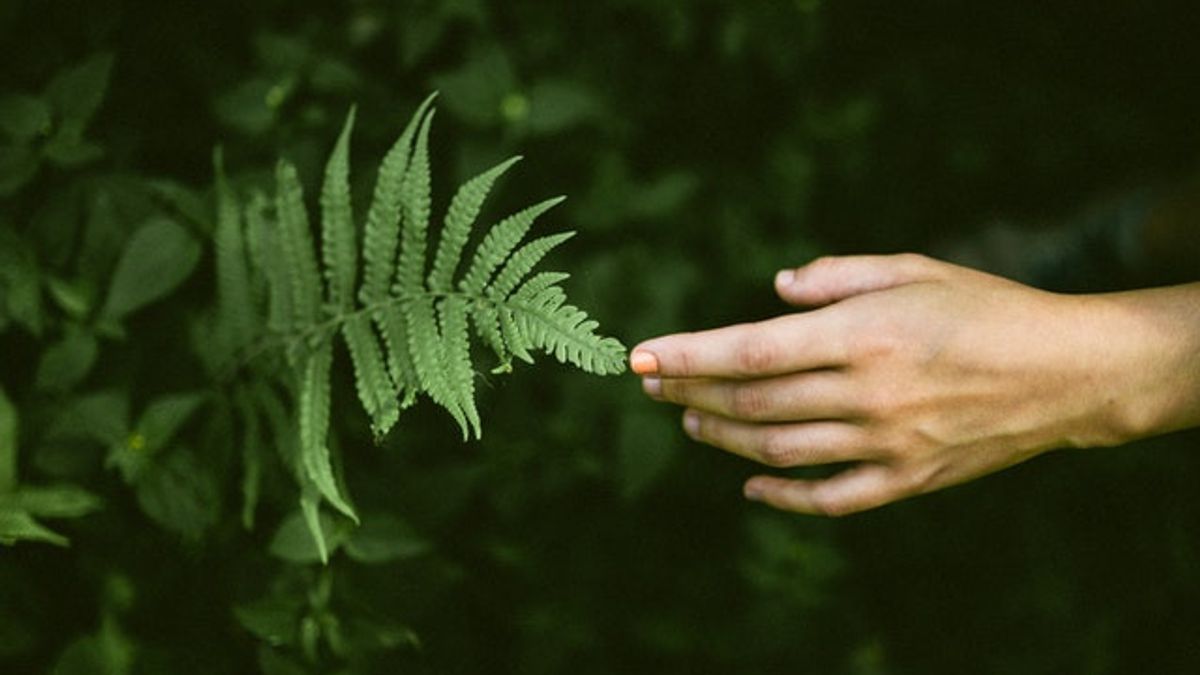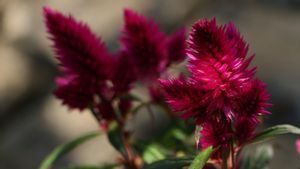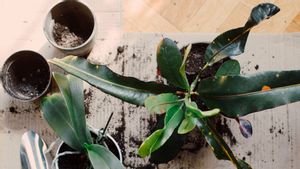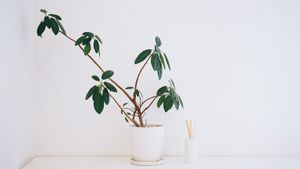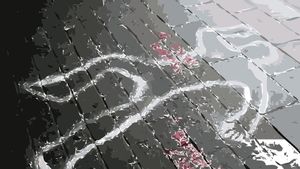JAKARTA - Want to make room decorations that look natural and refreshing? You can consider growing Pteridophyta in pots in your home. The hallmark of Pteridophyta is the leaves that roll up when they are young. If it is older, the leaves will expand upward accompanied by the presence of fine fibers. In terms of shape, there are many types of Pteridophyta that you can choose to decorate the room.
Not only for decoration, but you can also use Pteridophyta for health purposes. In the following, Kania has summarized several types of Pteridophyta that can make your home fresher, as well as have cool benefits for dealing with various health problems.
Nephrolepis
This type of Pteridophyta has a branched and woody stem. The leaves themselves are long and very thin, arranged in a tapered shape. If you want to create a tropical home atmosphere, Nephrolepis are the right choice. Besides being suitable for tropical decorations, you can also rely on sword nails as herbal plants for making worming medicine to treating stomach cancer.
Lycopodiopsida
Lycopodiopsida is often used as decoration because of its unique shape. You might even think this Pteridophyta has no leaves because of its thick stem. In fact, it is a thin leaf that seems to blend with the stems.
In a single stick of wire nails, you will find many leaves piled up. You can use wire nail plants to relieve various skin diseases. Experiencing itching, redness, or dry skin? Just try out the benefits of this type of Pteridophyta.
SEE ALSO:
Equisetaceae
Equisetaceae is a type of Pteridophyta that can increase the body's metabolism if processed properly. This plant is often used as herbal medicine to help facilitate bowel movements if someone is constipated. The shape itself resembles small leaves arranged like coral. The shape of the leaves is circular and like having scales. When viewed as a whole, this plant looks like a horse's tail. Some people also see this Pteridophyta plant similar to the pine leaf model.
Platycerium
This one Pteridophyta is often used as a hanging plant to decorate wall decorations. It is called a deer's horn fern because this plant has leaves that expand upwards, then split into two parts at the top so that they look like horns. In addition to making the walls sweeter, this Pteridophyta has many health benefits, ranging from reducing fever, fixing menstruation cycle, treating ulcers, to reducing uterine inflammation.
The English, Chinese, Japanese, Arabic, and French versions are automatically generated by the AI. So there may still be inaccuracies in translating, please always see Indonesian as our main language. (system supported by DigitalSiber.id)
